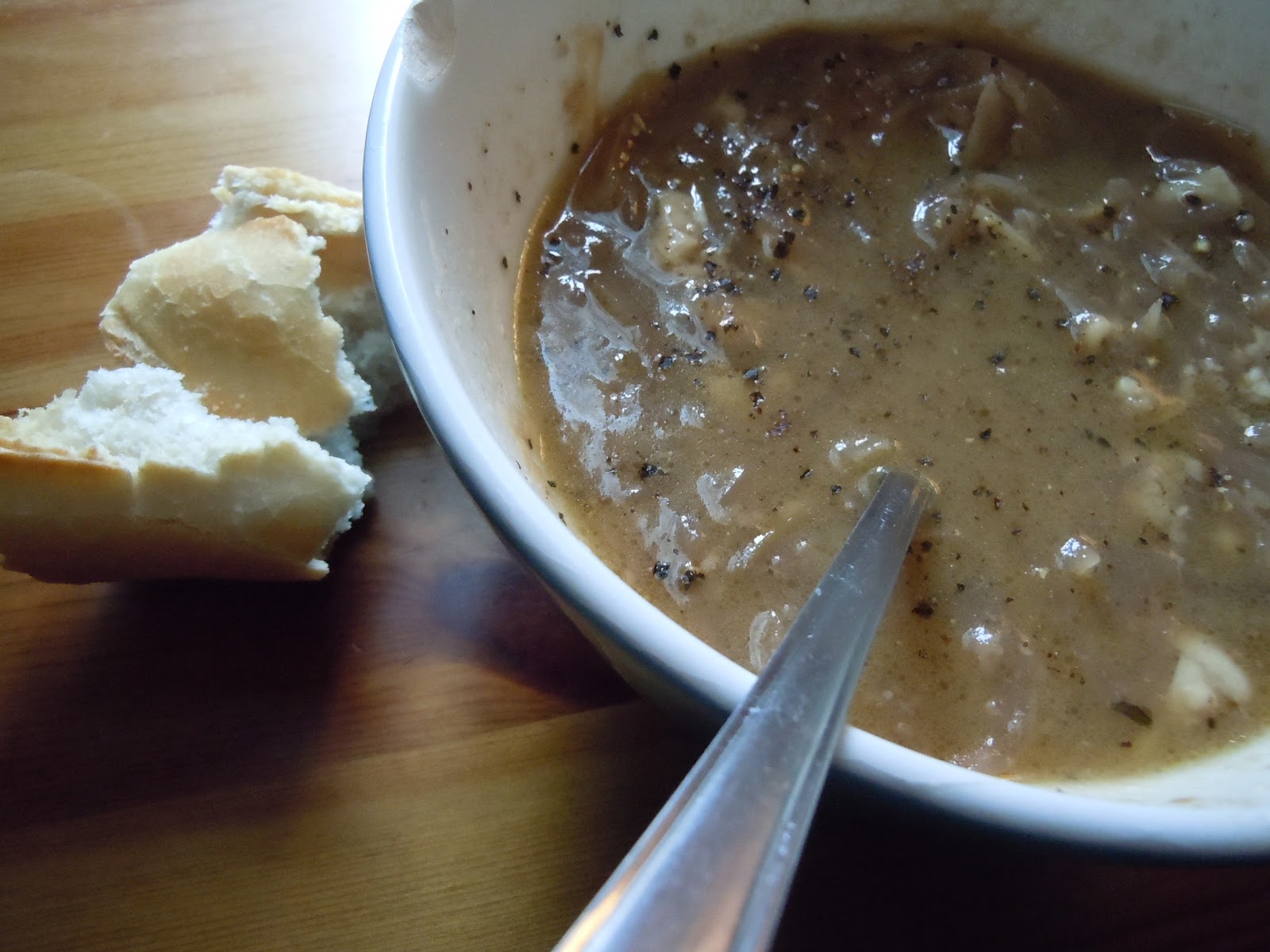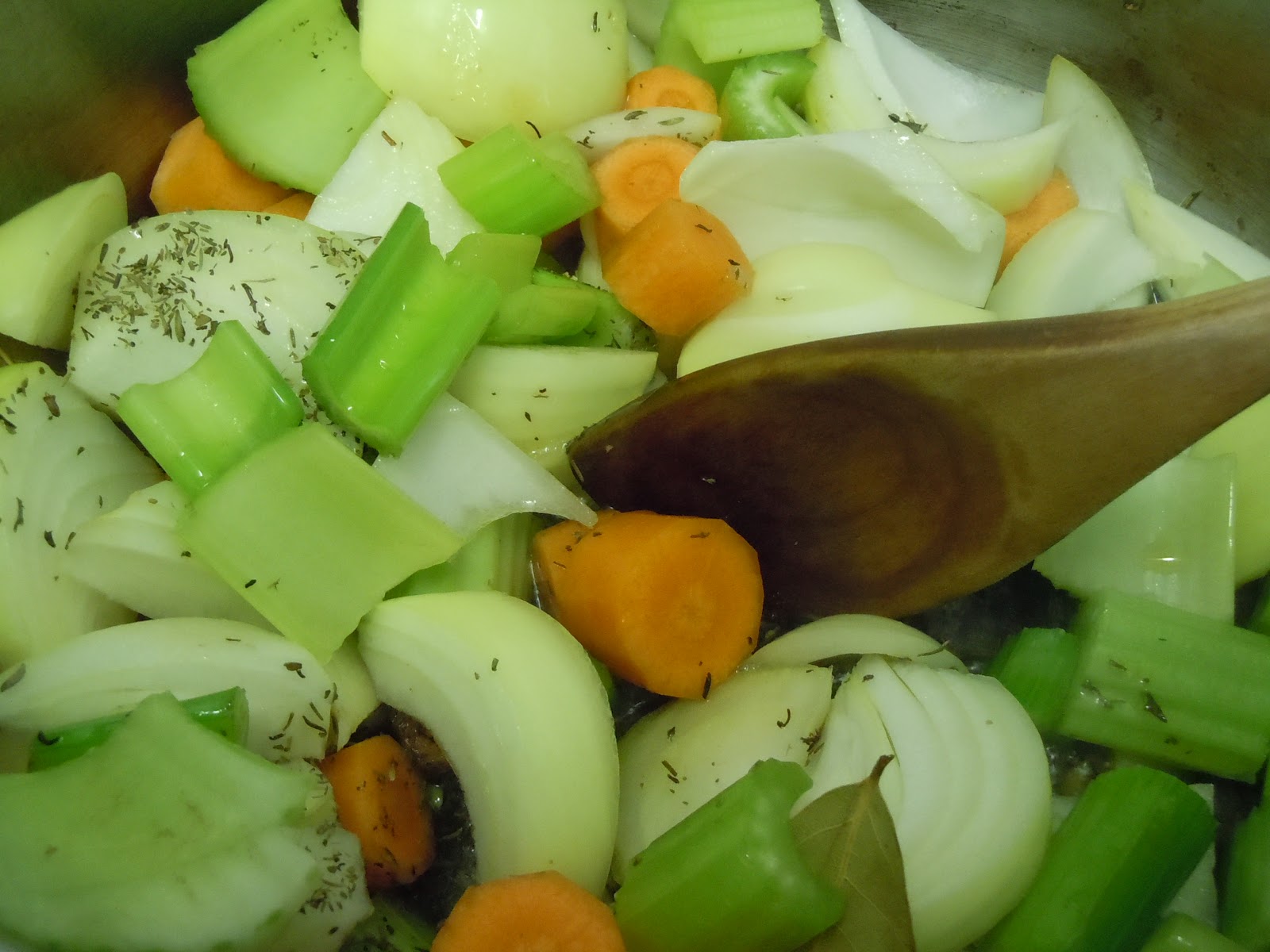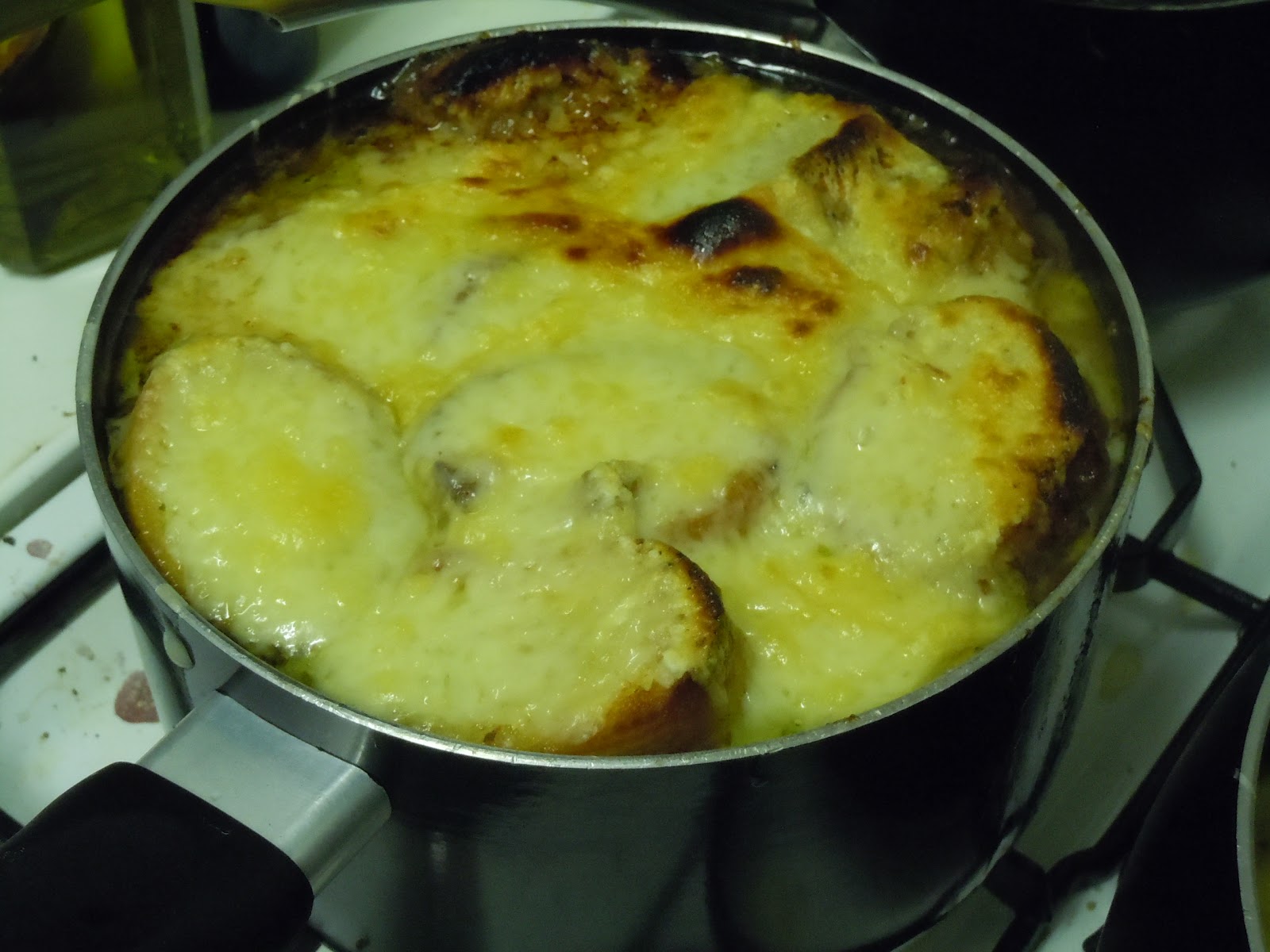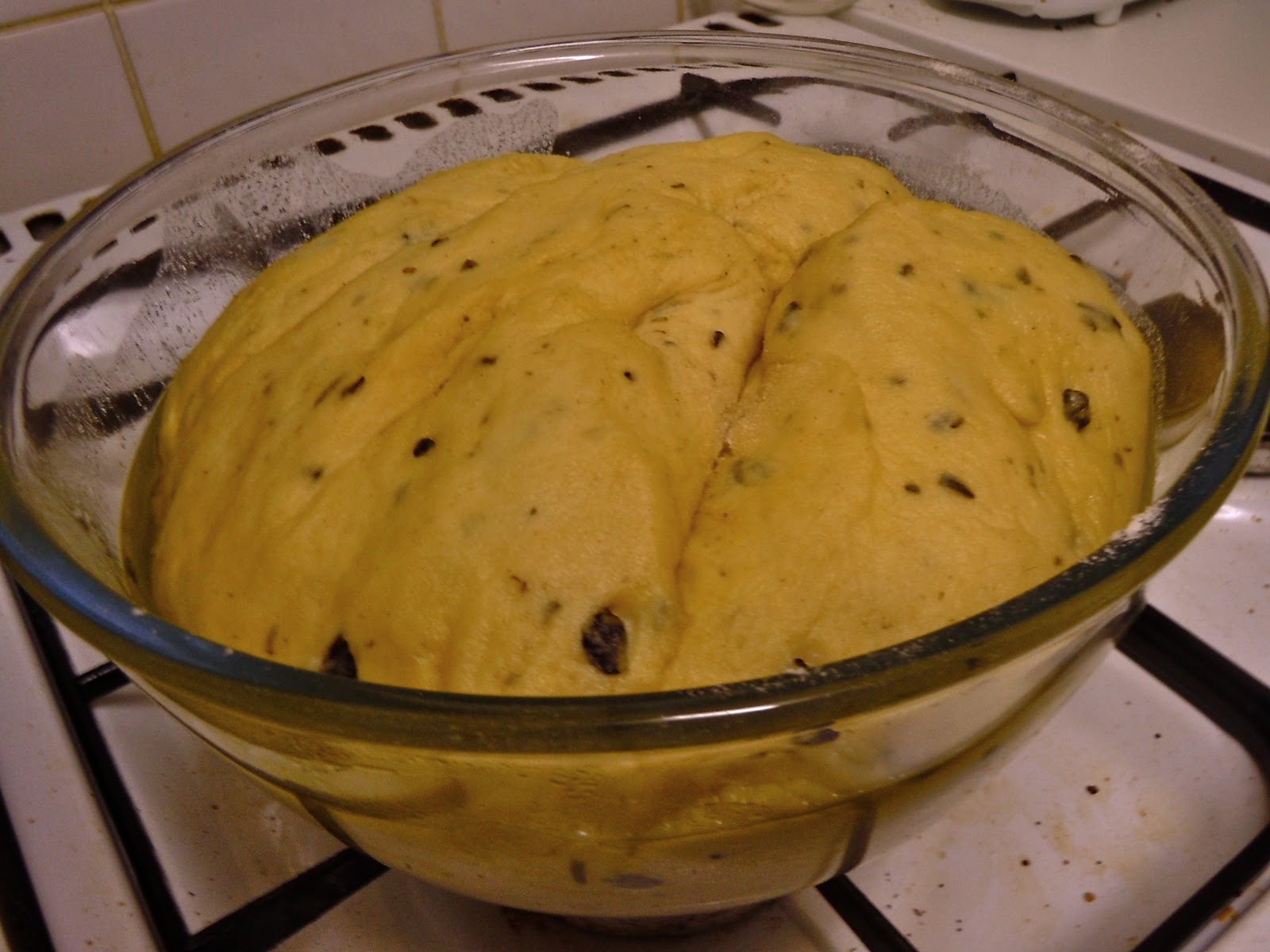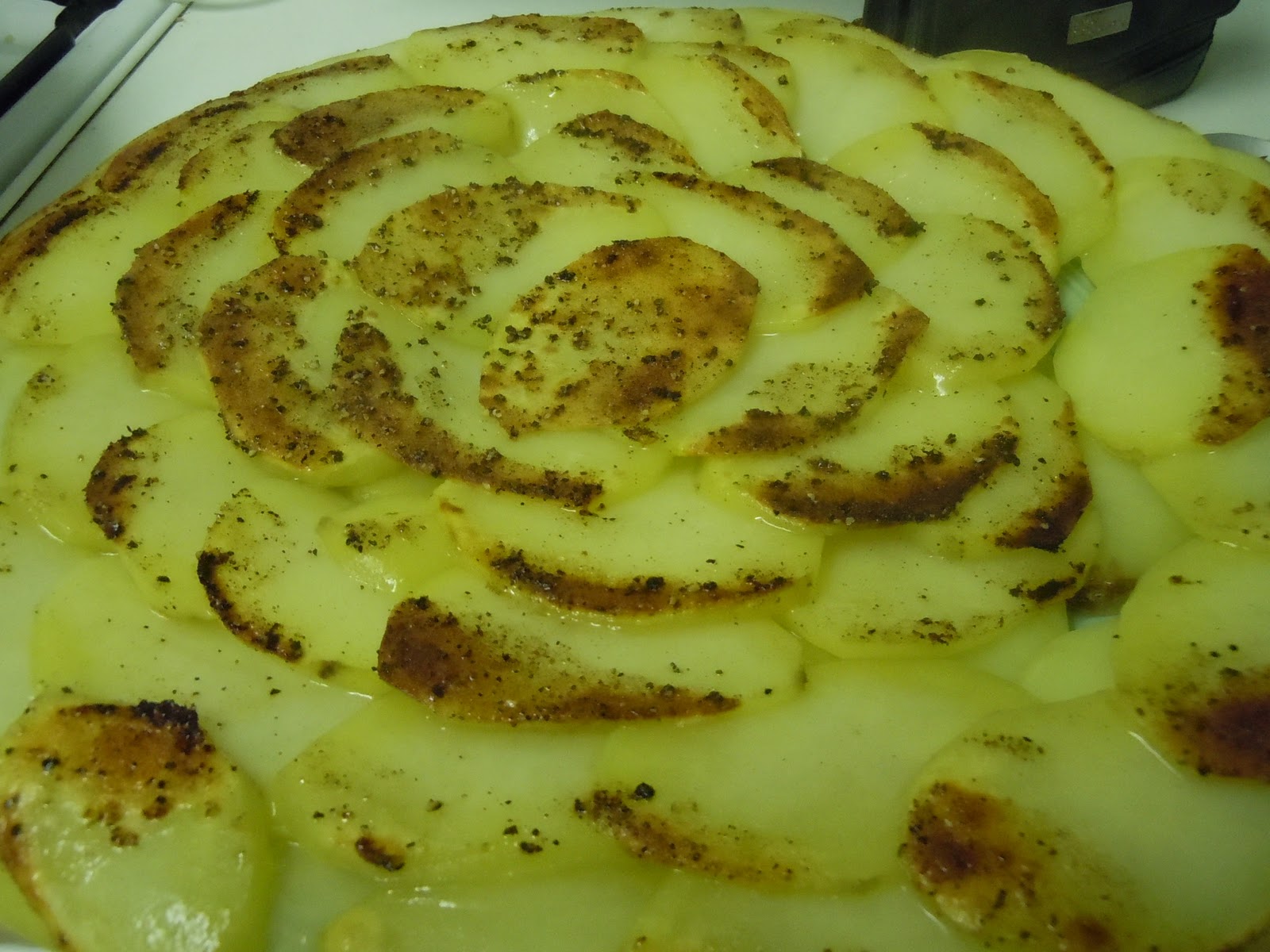Good soups are an investment. If you want quality, if you want unctuousness, you have to be patient.
Very patient.
5-hours patient.
Now, patience is rarely a strong point of mine. If eating alone, I don't want preparations to take any longer than 15 minutes. Maximum.
But when cooking for others (and finding myself with five hours to spare, thanks to the glories of post-term freedom), time has no meaning. The longer something takes, the better.
So when I found a recipe for french onion soup that promised 5 magical hours of cooking time, I was sold.
And, let me assure you, this soup is worth it.
Most of the preparation comes from making the oxtail stock (itself a 3-hour affair), but I cannot emphasize enough that it is worth it. There is a richness to oxtails that just dissolves into liquid form after the 2 hour mark. Combine that with your base standards of stock-making (carrots, bay leaves, thyme, etc.), you have something that is almost spiritual in taste.
When I wanted to eat *just* the stock, I knew I made the right decision.
Couple that with a couple hours of melted caramelized onions, mixed with port? Add bread AND cheese on top of it?
Heaven. Soupy heaven.
Serves: 6
Ingredients
1/4 cup extra-virgin olive oil
3 pounds oxtail or beef shoulder, cut into 1- or 2-inch pieces
Salt
8 medium onions
 |
| My port of choice. Tesco's finest. |
4 celery stalks, coarsely chopped
4 medium carrots, peeled and coarsely chopped
2 bay leaves
4 thyme sprigs
8 tablespoons (1 stick) unsalted butter
Black pepper
1 cup port wine (see picture)
Lemon juice, to taste, optional
6 ounces baguette loaf, cut into 1/2-inch-thick slices
2 garlic cloves, halved
8 ounces Gruyère cheese
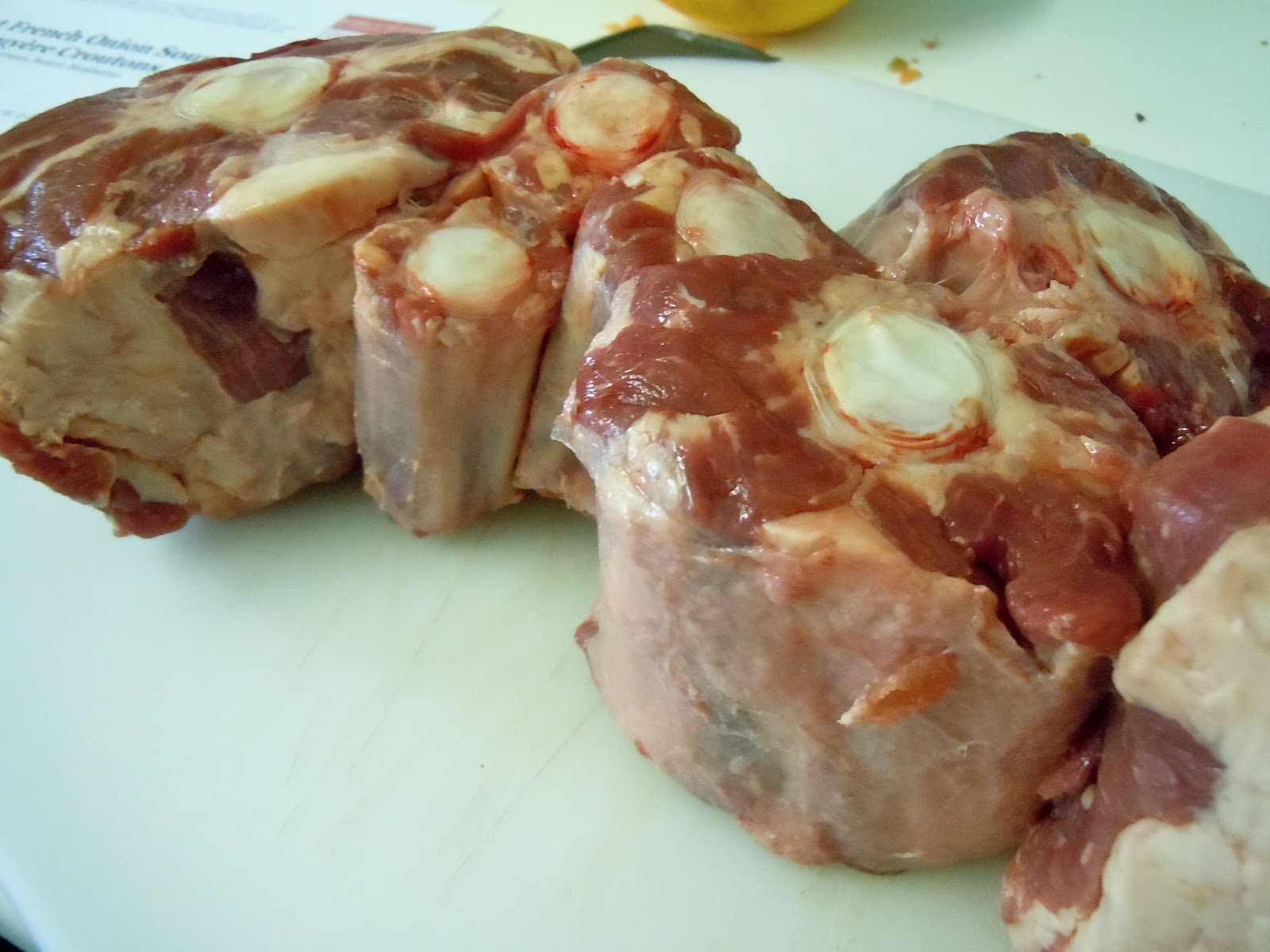 |
| Some fine lookin' oxtails |
Method
1. Heat the oil in a large stockpot or Dutch oven over high heat. Add the oxtail (or beef shoulder) in a single layer (work in batches, if necessary to avoid crowding the pan), and sear until the undersides are brown (do not turn). Season generously with salt and transfer to a plate.
2. Coarsely chop two of the onions; add to the pot, along with the celery, carrots, bay leaves and thyme. Lower heat to medium and cook, stirring occasionally, until vegetables are soft and beginning to caramelize, about 10 minutes. Return the beef to the pot. Pour in 8 cups water. Simmer mixture gently until the meat is very tender, 2 1/2 to 3 hours.
3. Transfer beef to a bowl to cool for another use (see my entry on Polenta with Oxtails and Red Wine Sauce). Strain liquid into a bowl over a fine-mesh sieve; press gently on the solids with the back of a spatula to extract as much flavor as possible. Discard the solids; you should have about 8 cups broth (add water if necessary to equal 8 cups).
4. Halve the remaining 6 onions through the root end, then peel and thinly slice them lengthwise. Melt the butter in the bottom of the Dutch oven over medium heat. Add the onions and cook, tossing occasionally, until deep golden-brown and caramelized, 45 minutes to 1 hour. Season with 1 teaspoon salt and black pepper. Pour in the port and cook, scraping up any browned bits from the bottom of the pan, for 3 minutes. Pour in the broth and simmer mixture over low heat for 30 minutes. Season with salt and lemon juice, if desired. (For a smaller group, you could refrigerate some of the soup and reheat it later.)
 |
| The glorious gooey onions after 45 minutes. |
5. While the broth simmers, heat the oven to 350 degrees. Arrange the bread slices on a baking sheet and toast until golden, about 12 minutes. Rub the garlic halves over the surface of the bread.
6. Heat the broiler and arrange a rack 4 to 6 inches from the flame. Using a cheese slicer, thinly slice 3 ounces of Gruyère. Coarsely grate the remaining cheese. Float the broiled bread over the surface of the hot soup. Layer the cheese slices over the bread; scatter the grated cheese over it. Transfer the Dutch oven to the oven and broil until cheese is golden and bubbling, 3 to 5 minutes (watch to see that it does not burn).
7. To serve, use kitchen shears or scissors to cut the bread and cheese into portions. Ladle soup, bread and cheese into individual bowls.

